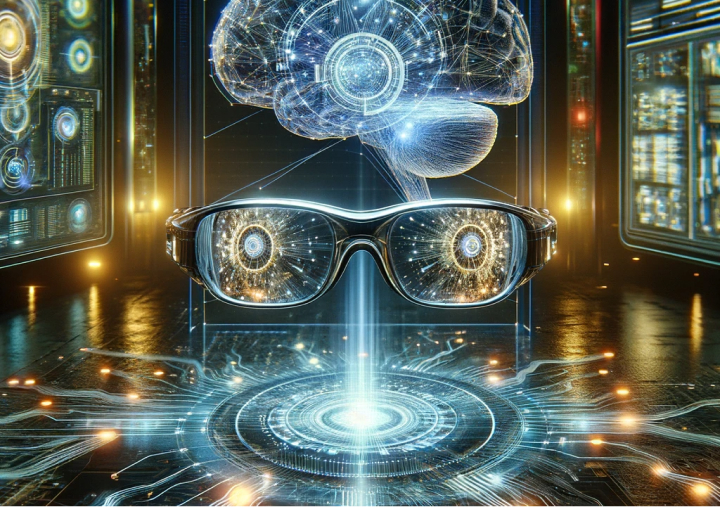
Imagine you’re at a bustling tech conference, and amidst the sea of innovations, one particular breakthrough catches your eye: a new way to help computers see and understand the world around them, akin to giving them a supercharged pair of glasses. This is the essence of the work done by a group of researchers led by Ali Hatamizadeh and his team from NVIDIA, in collaboration with the University of Toronto. They’ve crafted a masterpiece named “ViR: Towards Efficient Vision Retention Backbones,” which might sound complex, but let’s break it down into something we can all grasp.
At the heart of their invention is something called Vision Retention Networks, or ViR for short. Think of ViR as a highly skilled artist who can draw scenes from memory, not just what’s right in front of them. This skill is crucial for tasks that need a quick response, like autonomous cars that have to make split-second decisions.
The magic behind ViR lies in its ability to learn and remember efficiently, a bit like how some of us can glance at a page and recall the details later. Traditional models, known as Vision Transformers, are like sponges that soak up information. They’re great learners but tend to get bogged down when there’s too much to take in, especially with high-resolution images that are packed with detail. ViR, on the other hand, uses a clever trick inspired by how humans process language, allowing it to learn and recall information both broadly and in detail, making it much faster and memory-efficient.
The team put ViR to the test against a variety of challenges, from recognizing objects in images to more complex tasks like identifying and outlining objects in a scene. The results were impressive, showing that ViR not only keeps up with its peers but in many cases, outpaces them, especially when dealing with high-quality, detailed images.
But why does this matter to us? Well, in a world where we’re increasingly relying on smart technology, from the phones in our pockets to the cars on our roads, making these devices understand and interpret the visual world quickly and accurately is crucial. ViR’s blend of speed, efficiency, and accuracy promises to push the boundaries of what’s possible, opening up new possibilities for real-time applications that could transform everything from security systems to how we interact with our favorite virtual worlds.
In essence, “ViR: Towards Efficient Vision Retention Backbones” isn’t just a piece of academic work; it’s a glimpse into a future where technology sees the world not just through a lens, but with understanding and intuition, much like we do. It’s a step towards making our interactions with technology smoother, safer, and more intuitive, bringing us closer to a future where our devices understand us and our world a little better.

Our vision is to lead the way in the age of Artificial Intelligence, fostering innovation through cutting-edge research and modern solutions.